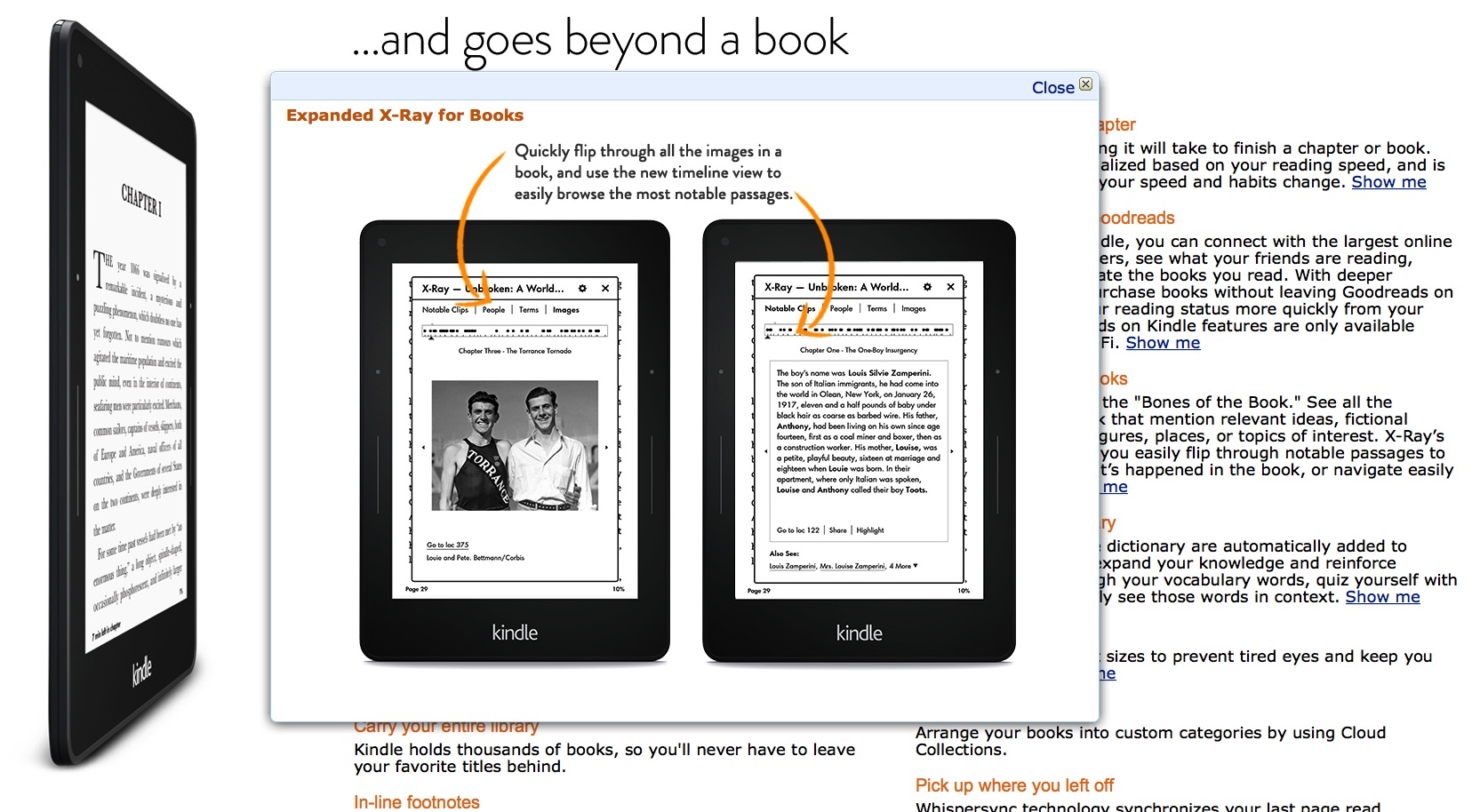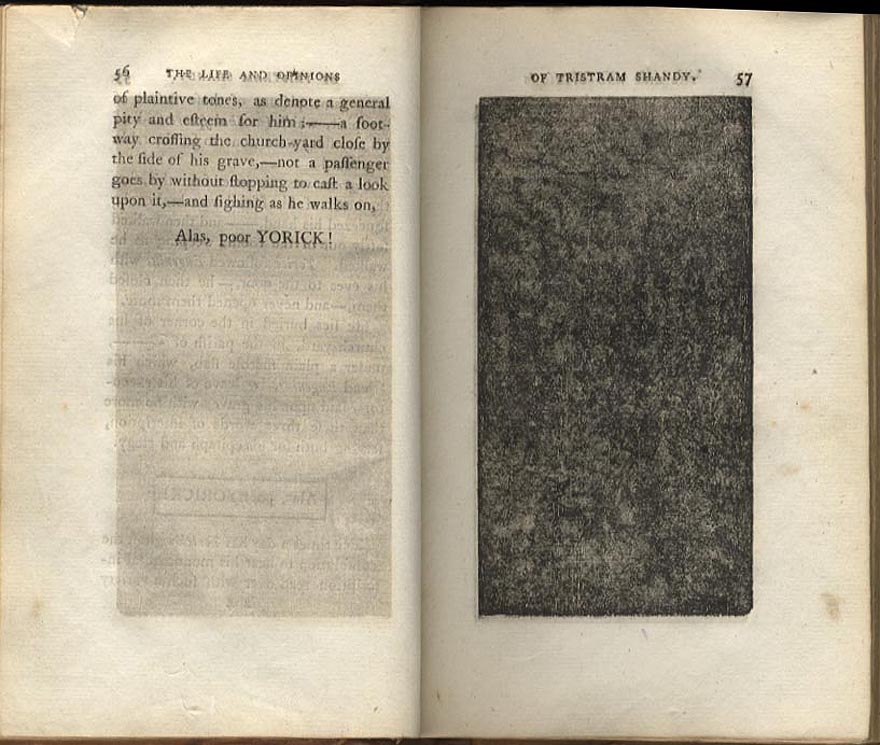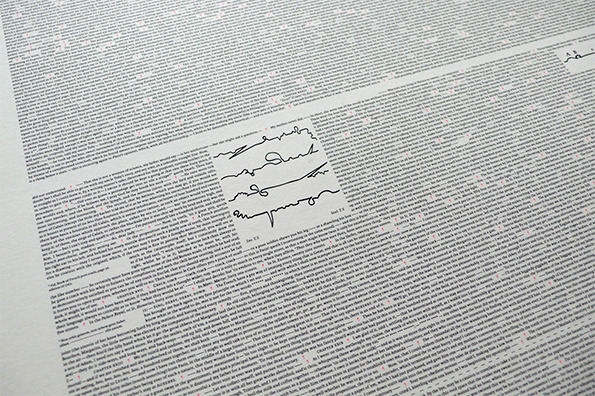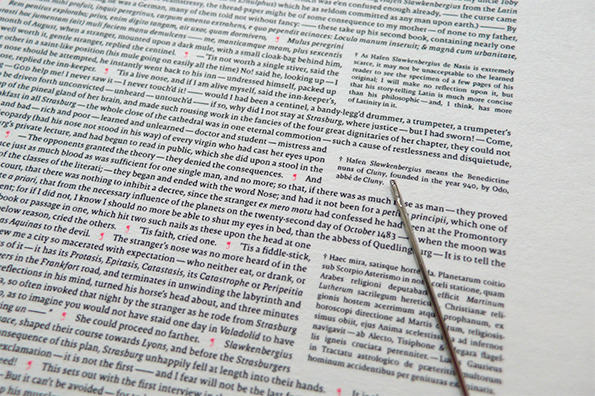
FIRST PAPER DUE Saturday January 24 by 11:59 p.m. 650 words.
Email your finished paper (as a word doc attachment) to me at [email protected]. Put you name in the subject title or header of your title of your file. (I would save my file as "Burt.doc.") Put your name in your paper. You will need a title for your paper and a thesis, an argument that you can state in one sentence. Your thesis should go at the end of your first paragraph. See Paper Guidelines. Grading: If you don't put your name on your paper, it's an automatic E. If you don't have a proper title, it's an automatic E. If you don't have a one sentence thesis at the end of your first paragraph, it's an automatic E. One third of your grade will be based on your title; one third on your thesis; and one third on the rest of your paper.
This assignment follows from what we did in class the first week of the semester with Closely Reading and Close Looking (and Close Listening, Close Smelling (think of all the noses in the novel), Close Touching, and Close Licking. And Close Dusting!). Sterne poses the question of the novel's "readability" twice, before and after the marbled pages.
Blurb in the form of a pullable quotation as allegory of the novel (see the top of the back covers of the Oxford Tristram Shandy, and the Penguin Tristram Shandy for examples). A pullable quotation may be used in the first paper of the title of your essay.
So here is the assignment: Read Wayne Booth's defense of the coherence of Tristram Shandy and the consider the question he wants to answer, only taking into count the "look" of the novel, its graphic design: is Tristram Shandy coherent or incoherent? (Put a slightly different way, the question is: if we take into account the book's graphic design, is does Booth's argument that the novel is coherent, not mad, still hold up?; or does it fall apart? Or put yet another way, if we take into account the book's graphic design, does Shklovsky's distinction between plot and story hold up?; or does the novel deconstruct that distinction?) To make your case, pick a small part of Volume 1 or Volume 2, a part that you take to be representative of the whole and both "read" it and "look" at it. By "small part," I mean something that recurs but that it not reducible to what Shklovsky calls a "device") nor is it reducible to a blurb, a pullable quotation that stands for the whole. You may pick one word or one sentence, or pick an instance of puncutation, a drawing, a line, &c, in Volume 1 or Volume 2 of Tristram Shandy. You may also select two "small parts" and read them together, as we did the marbled pages, of two to four successive pages (facing pages--see pages 46-47 below for an example--or the front and back of one page). You may also compare versions of the same page in different editions. You may pick a word or sentnece that is related to an image (like the black pages, the blank page, the marbled pages--but don't pick these pages). You may use a digital facsimile edition of a modernized edition (Penguin or Oxford) of Tristram Shandy. In any case, you have to read AND look at your selection to make your case (that the novel is or is not coherent), paying attention not only to what is on the page of the book but also to page layout (the graphic design of the page of the book itself), to blank space on the page, even spelling and typography.
The selection is up you with one proviso: Do not select PAGES THAT WE DISCUSSED IN CLASS. The better (more discriminating) your selection of a "small part," the stronger your essay will be. Your paper is a persusaive essay, not an autobiography or journal.
FIRST PAPER DUE Saturday January 24 by 11:59 p.m. 650 words.
Email your finished paper (as a word doc attachment) to me at [email protected]. Put you name in the subject title or header of your title of your file. (I would save my file as "Burt.doc.") Put your name in your paper. You will need a title for your paper and a thesis, an argument that you can state in one sentence. Your thesis should go at the end of your first paragraph. See Paper Guidelines. Grading: If you don't put your name on your paper, it's an automatic E. If you don't have a proper title, it's an automatic E. If you don't have a one sentence thesis at the end of your first paragraph, it's an automatic E. One third of your grade will be based on your title; one third on your thesis; and one third on the rest of your paper.
Possible Topics for Your Second Paper:
Visual Editions’ Tristram Shandy ("Zounds!")
The paratext of Visual Editions’ Tristram Shandy pdf.
Amazon Voyage and X-ray reading

Is the Visual Editions an X-Ray of the novel, showing its "skeleton," so to speak? Or is it a reaction-formation, a narcotizing, aestheticizing and anestheticizing defense of against the novel's sometimes paniful turblence, its contagious, feverish, madness?


Knots / Nots / Naughts / Naughty
Bleedthrough (palimpsest effect)
Visual Editions' Tristram Shandy



